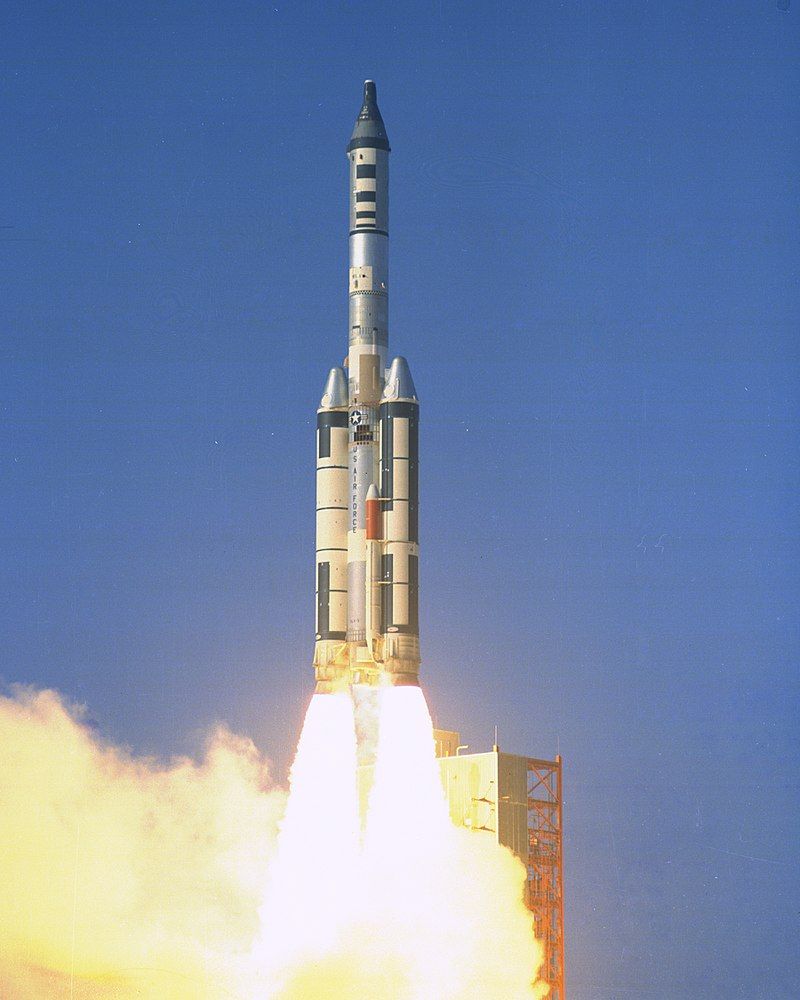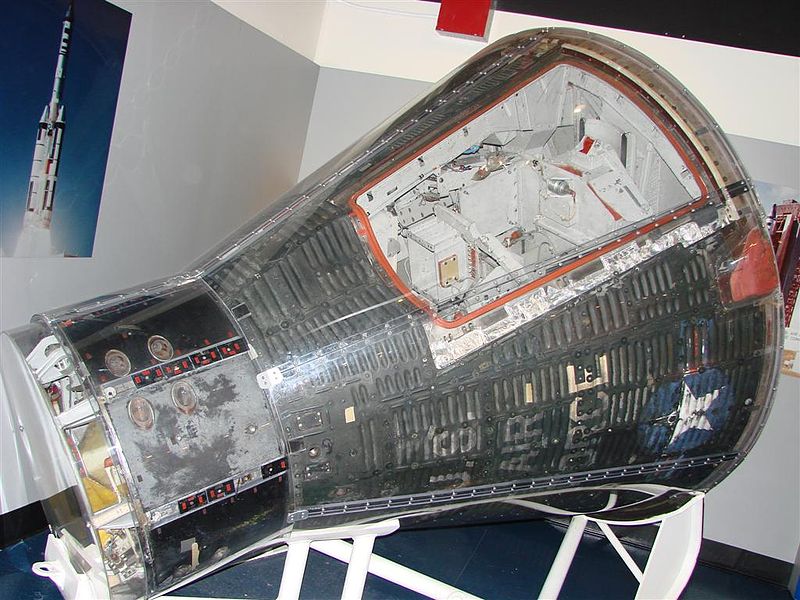
Gemini 2

Gemini 2 was the second uncrewed spaceflight of Project Gemini that was launched on January 19, 1965. Unlike Gemini 1, Gemini 2 had a suborbital flight instead of being placed into orbit. Later, the spacecraft used was refurbished and launched on another suborbital flight as a test for the US Air Force Manned Orbital Laboratory. Gemini 2 spacecraft was the first craft to make more than one spaceflight until Space Shuttle Columbia flew its second mission in 1981. It was also the only space capsule to be reused until Crew Dragon Endeavour was launched a second time in 2021.
Various ground tests were carried out on the Gemini 2 and Titan rocket launch vehicle in late 1964. Gemini-Titan (GT) 2 successfully completed the Wet Mock Simulated Launch on November 24, with a full-scale countdown exercise that included propellant loading. Spacecraft ingress and egress procedures and flight crew suiting were practiced during the simulated launch. The prime Gemini 3 flight crew donned pressure suits and full biomedical instrumentation, assisted by their backup crew and aeromedical personnel who would participate in the GT-3 launch operation. Gemini 2 was scheduled for launch on December 9, 1964. However, on that date, as the countdown reached zero and the first stage engines were ignited, the launch vehicle's Malfunction Detection System detected a technical problem. About one second after ignition, the engines shut down due to a loss of hydraulic pressure.

The spacecraft landed 3,422 km (1,847.9 nmi) downrange from the launch pad 18 minutes 16 seconds after launch. The landing was 26 km (14 nmi) short of the planned impact point and 83 km (45 nmi) from the recovery aircraft carrier, USS Lake Champlain. Most goals were achieved; however, the fuel cells had failed before liftoff and were turned off, and the spacecraft cooling system temperature was found to be too high. Overall, the Gemini 2 spacecraft was in excellent condition; its heat shield and retrorockets functioned as expected.
